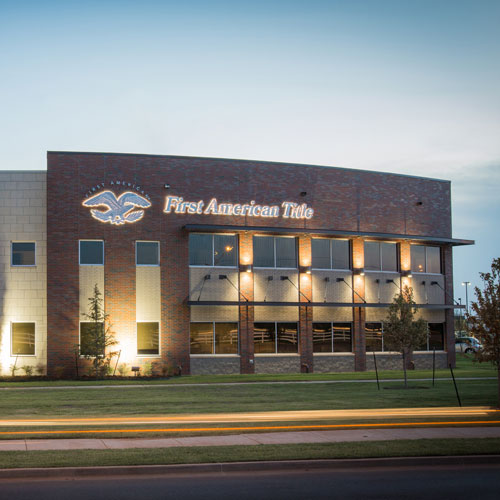Armed with a degree in civil engineering, Brad Gubser first became involved in retail operations—namely, gas stations and convenience stores—while working at Chevron. After managing the company’s retail construction and development for the eastern United States, he was approached by Evansville, Indiana-based Shoe Carnival in 2008 to take over that company’s development program. Shoe Carnival has more than 400 locations in 33 states plus Puerto Rico and aims to—as the name implies—“provide a fun atmosphere in our stores, with an entertaining, interactive experience for our customers.”
As VP of store planning and development, Gubser has responsibilities that all fall under three categories: store planning and development, which includes concept design and application as well as construction activities for new stores and remodels; maintenance of stores; and procurement. “My team is responsible for procuring anything from pencils to fixtures,” he says. “Everything but shoes, thankfully.”
In recent years, the company has decided to take its stores in some interesting directions—one of which is the new concept of the “store within a store.”

“In an area with a large athletic shoe expectation—or history—we redesign a store to have a specialty athletic focus. While we still sell all our other footwear, more retail space and inventory are devoted to athletic shoes,” he explains. “We usually highlight one manufacturer—for example, Nike. This approach has been very effective. We’ve also opened several SC Work Wear stores that feature comfortable shoes for people who are on their feet all day—like hospital staff—as well as non-slip restaurant work wear and a large variety of work boots.”
For a long time, Shoe Carnival stores were not found in malls. “We weren’t confident that our customers would want to park far out and wander through a mall to get to our store,” Gubser says. “But we started looking at doing mall stores with two entrances—one opening onto the mall corridor plus an outside entrance with nice architectural elements. We can’t always have a second entrance, but that’s what we strive for.”
It’s been a very effective approach for Shoe Carnival. “The outside entrance appeals to our loyal customers. And some mall shoppers cut through our store to get into the mall. They browse on the way through and sometimes buy. It’s good exposure for us.”
Shoe Carnival has also ventured into second-use locations recently. “We take advantage of the opportunities the building presents. We might find a good opportunity for a store that is much wider than deep—or one that is long and narrow. We take the space and merchandise to it. Sometimes we’ll lease multiple small stores and turn them into one big store. They may even be on different levels.
“We are willing to adapt our concept to [landlords’] space,” he continues. “That’s more cost-effective for them. In addition, we do a lot of merchandising and advertising for our stores, which they appreciate for the rest of their shopping center.”
While a prototypical Shoe Carnival store is 9,000 to 12,000 square feet, the company is currently trying out smaller stores in select locations. “We feel there are good opportunities in smaller markets. So we’re building stores that are one-third or one-half as large as our typical store. Now we can serve communities that have never had a shoe store before,” he says.

“We also are good at matching what we merchandise to customer demographics. In the smaller locations, if they can’t find what they want in store, they still have access to our vast inventory. They can choose what they want, and we’ll ship to their door.” The first two smaller stores are located in Marion, Indiana, and Blytheville, Arkansas.
This year, Shoe Carnival is opening stores in markets that are entirely new or different for the company, including eight in Philadelphia and one in Upper Darby, Pennsylvania—their first in a pedestrian-based central shopping district. As always, the company works to ensure that its stores fit into their surroundings. This includes measures such as incorporating subway tiles in entry alcoves.
Energy efficiency is also a major focus for Shoe Carnival, which for the last year and a half has been introducing an energy-management system from Siemens. With it, Shoe Carnival’s maintenance team in Indiana helps stores across the country control their environment—mainly the HVAC and lighting. “Currently, about 100 stores are part of the system, but our goal is to get them all onboard,” Gubser says. “We’ve already seen energy savings of over 20 percent resulting from the EMS and LED lighting changes.”
But for Gubser, the most rewarding part of his job is watching his strategies generate business firsthand—“seeing customers buying our shoes.”
“I like to see the store designs I developed be effective, and for sales to occur. I get a kick out of that.”


